4health with Wholesome Grains Adult 7+ Lamb Formula Dry Dog Food, 35 lb. Bag
Make sure your senior dog gets the nutrition he/she needs. The 4health with Wholesome Grains Adult 7+ Lamb Formula Dry Dog Food is developed specifically for the nutritional needs of mature adult dogs. Featuring wholesome grains, antioxidants and probiotics, this dog food formula provides complete nutrition. It’s also fortified with taurine to support heart health. Plus, with real lamb as the number 1 ingredient, this dog food offers a great taste to keep your dog happy and healthy. Made in USA.
Make sure your senior dog gets the nutrition he/she needs. The 4health with Wholesome Grains Adult 7+ Lamb Formula Dry Dog Food is developed specifically for the nutritional needs of mature adult dogs. Featuring wholesome grains, antioxidants and probiotics, this dog food formula provides complete nutrition. It’s also fortified with taurine to support heart health. Plus, with real lamb as the number 1 ingredient, this dog food offers a great taste to keep your dog happy and healthy. Made in USA.
- For mature adult dogs ages 7 years and up
- Formulated with wholesome grains, select ingredients and underwent rigorous quality control processes
- Fortified with taurine to support heart health
- 720 mg/kg glucosamine hydrochloride and 240 mg/kg chondroitin sulfate help support your dog’s joints
- Probiotics help maintain the proper balance in your dog’s digestive system; each cup of dry dog food provides live, active cultures that help support healthy digestion
- Guaranteed antioxidants and canine-specific probiotics help support digestive and immune health
- Blend of omega-6 and omega-3 fatty acids helps keep the skin and coat healthy and shiny
- Made with real lamb as the number 1 ingredient to provide mouthwatering flavor
- Made in USA
- Comes as a 35 lb. bag of dry dog food
- 4health Mature Adult Formula for Adult Dogs is formulated to meet the nutritional levels established by the AAFCO Dog Food Nutrient Profiles for maintenance
Additional information
| Country of Origin | Made in USA |
|---|---|
| Breed Size | Extra Small, Small, Medium, Large, Extra Large |
| Flavor | Lamb |
| Health Features | Heart Health, Immune System Support, Digestion Support, Skin & Coat Health |
| Life Stage | Adult |
| Primary Flavor | Lamb |
| Special Diets | With Grain, Probiotics, Preservative Free, AAFCO Formulated, Omega Fatty Acids |
| Manufacturer Part Number | 2122 |

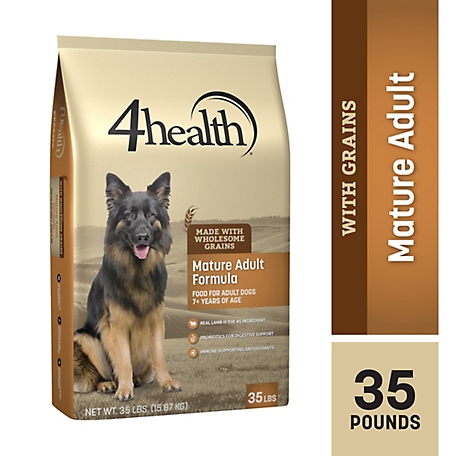
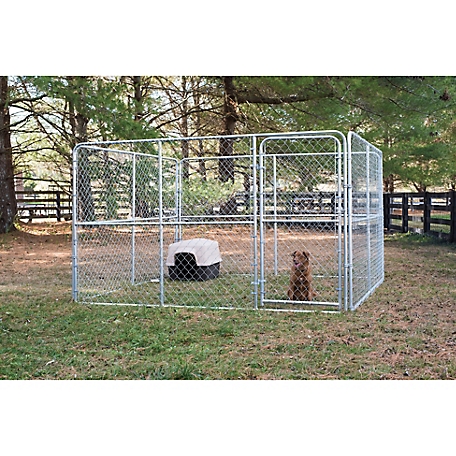
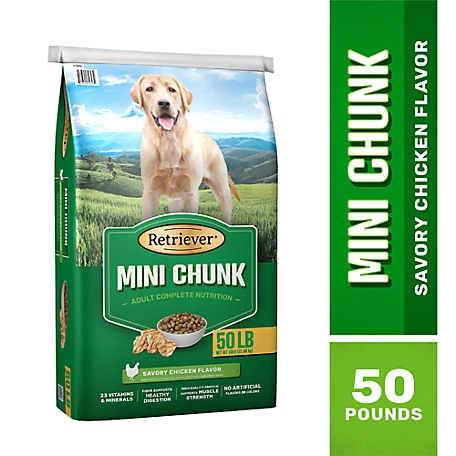

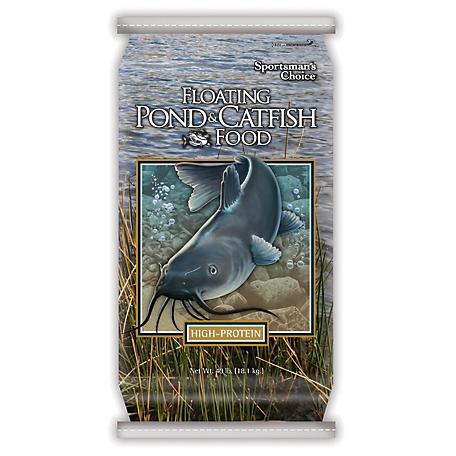
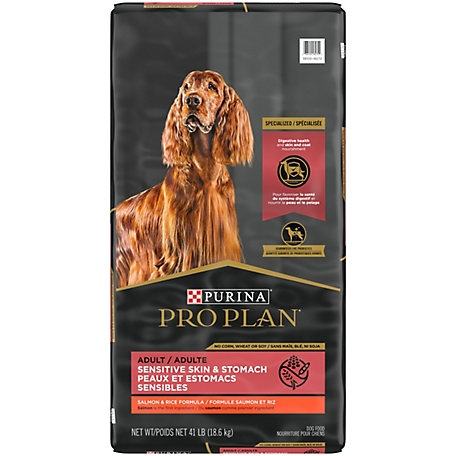
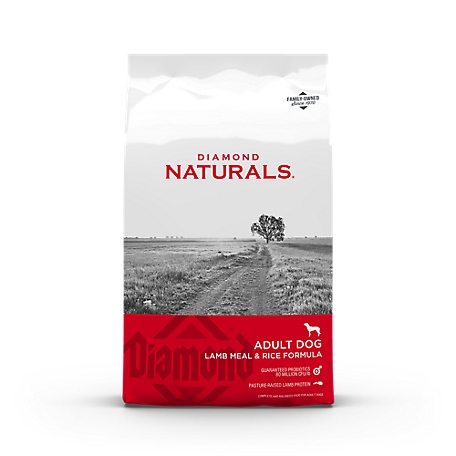
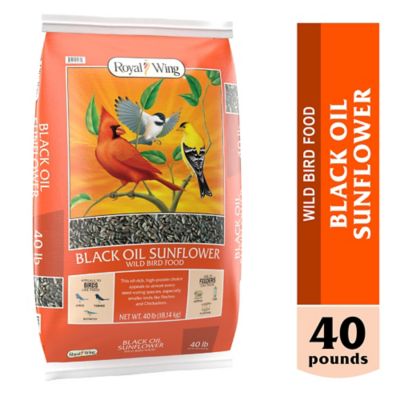


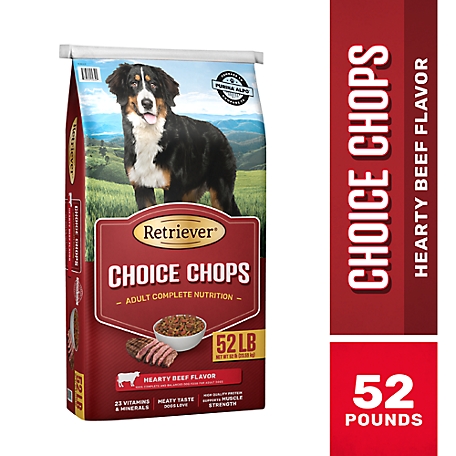
by Theresa
Good Quality Dog Food! We have been feeding 4 health to our dogs since they were puppies. We like the size of the bags and the price point.
by Susanne
This is the only kibble that doesn’t make my dog itchy.
by Gary
Vet recommended.
by Shorse
Our dog really likes this food.
by Katie
Great! Dogs love it